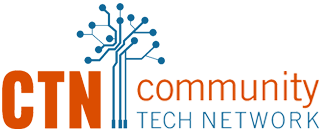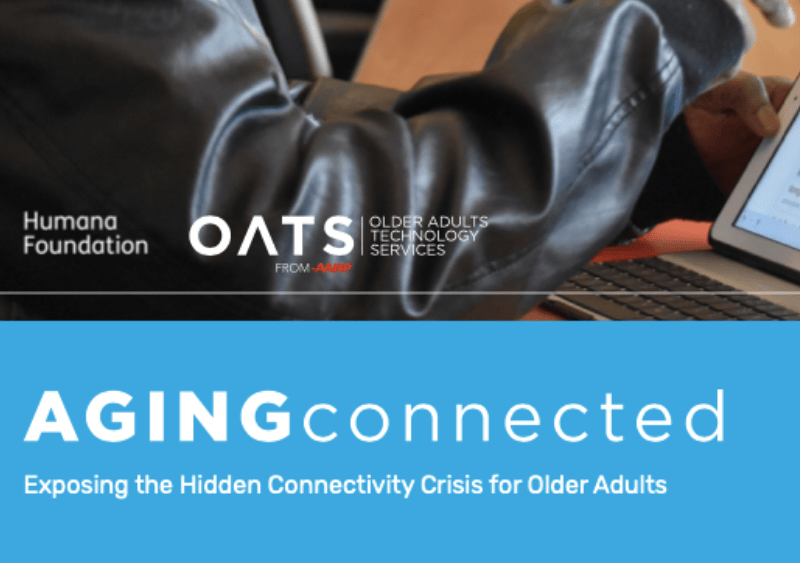We are excited to see a new report, created by Older Adults Technology Services (OATS) and Humana, that provides current data on digital connectivity among older adults. Without updated data on the need, we couldn’t have a full understanding of the problem. We can now quantify the digital isolation crisis and understand its implications. Here are a few of the report’s key findings:
- Nearly 22 million (42 percent) American seniors lack wireline broadband access at home.
- Loneliness and disengagement are costing lives: Over 80 percent of COVID deaths in the U.S. have been older Americans, and research estimates that about 40 percent of them were unable to access needed online resources because they lacked in-home internet.
- Lack of internet is a public health crisis: Medicaid enrollees are 2.7 times more likely to be offline. Those with functional impairments are twice as likely to be offline.
- Lack of internet is a social justice crisis: Older adults with less than a high school degree or an income below $25,000 are 10 times more likely than the general population to be offline. Black and Latino seniors are more than 2.5 and 3.3 times more likely, respectively, to be offline.
While this data helps us better address the connectivity problem, it does not include data on digital skill levels. We believe that everyone needs access to home internet and a device, but without the skills or confidence to use the internet independently, it will still be underutilized. Furthermore, a lack of digital skills causes people to fall prey to scams and fraud and aids in the proliferation of misinformation.
Millions of people — not only older adults — do not have the skills to use the internet, nor do they have anyone in their network who can help them. CTN is committed to bringing both connectivity and training to the people who need it most. Volunteer or donate today!


Comments are closed.